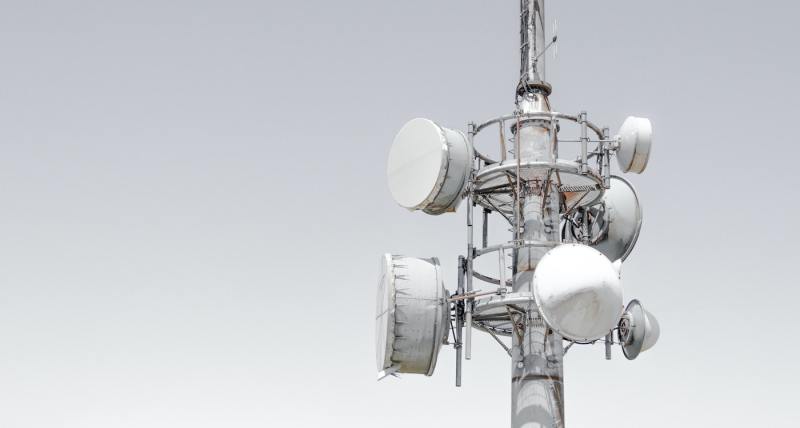Every day we seek better connectivity. And this improvement comes from streamlining processes. For example, the time that elapses from the moment you send a packet of files to the moment it reaches its recipient. This time is known as end-to-end latency or simply latency.
Latency, since it is a unit of time, is measured in milliseconds or microseconds.
What are the influencing factors
There are several factors that can make the latency of your Internet connectivity higher or lower. One of them is the network access technology you use for your connection: fibre, ADSL, 4G and, since last year, 5G.
Likewise, the distance between the point that sends and the point that receives the information or the jumps that the data must overcome on the way, influences. Also the capacity of your device, whether it is your computer, tablet, smartphone, etc.
Advantages of 5G: greatly reduced latency
5G is already a reality. This mobile technology allows latency to be incredibly reduced. Just picture every appliance in your home being connected to your phone and to each other.
What will 5G enable? You will be able to surf at up to 10 Gbps. This speed is so amazing that you will be able to download an entire movie in a matter of seconds. And the best part: latency will be as low as 5 milliseconds and even lower in the future.
With 5G, we will be able to connect industrial robots, urban furniture and household appliances, and share information in real time .
Latency in ADSL and fibre
Latency has been greatly improved in recent years, especially with the introduction of fibre. In Spanish ADSL, 60 milliseconds of latency has been achieved, which is quite low compared to the 330 milliseconds found in some Asian countries.
Fibre has improved latency enormously in Spain, with values that can be below 1 millisecond and with the additional advantage that high bandwidths can be achieved, more than 100 times higher than those of ADSL.
Edge Computing will reduce latency in the next-generation networks
What we call Edge Computing (here we explain what Edge Computing is in simple terms) is what revolutionise latency. The idea is to provide responses in almost real time. It will be very useful for the Internet of Things (IoT), as collected data will no longer have to travel long distances to reach a data processing centre.
The idea is that Edge Computing will do the data processing as close as possible to the user or the source that produced it. If you’re in your 5G-connected electric car, for example, you need that connection to provide real-time responses.
Edge computing will make this possible. And it will be the same with devices in companies (especially in industry) or at home.
Benefits of Edge Computing
- Increased speed in IoT devices.
- Ability to manage large volumes of data and store it close to the end user
- Real-time processing of information.
- There will be more security in many cases and guarantees of data residency
Optimising and reducing costs, as well as moving towards greater efficiency, is the premise of new technologies. Reducing the latency period aims to generate benefits in all areas






